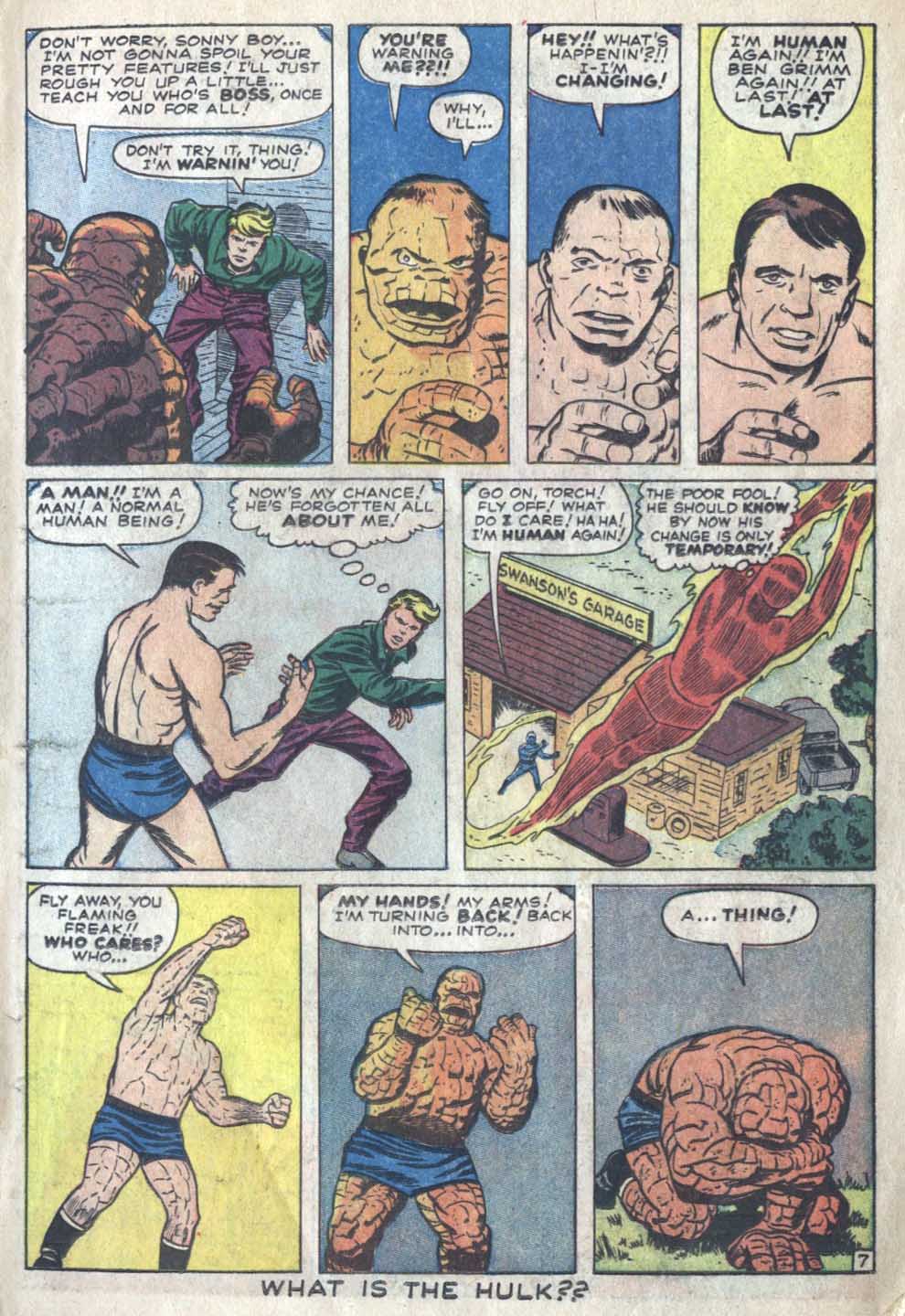 Why the fantastic Four?
Why the fantastic Four?
Recently, I noticed that writer and Comic book aficionado, Richard Kyle passed away on December 10th. Kyle, who coined the term “Graphic Novel,” was also responsible for inspiring Jack Kirby to write and draw the short story, “Street Code”, having offered the King a modest sum to tell a personal account from Kirby’s past. Hearing the news of Kyle’s death brought me back to an article of his that I had read in The Jack Kirby Collector#9. The article was originally published in the spring of 1967 in the seventh issue of a magazine called Fantasy Illustrated, and it appears to have no title other than “Graphic Story Review.” It is about the impact that The Fantastic Four had on Kyle’s world when it was first released in August 1961. It is a wonderful article and is extremely insightful by way of making the point of why the Kirby/Lee team of Superheroes fit so well into its time period, the 1960’s.
For decades, I’ve been trying to understand just what it was about the Fantastic Four that took such a powerful hold on my imagination. I did not discover the Fantastic Four until issue #12 in 1963. I was eleven years old and after reading several issues if the comic, I delved back, trying to obtain earlier issues. When I read issue #4, I was struck by the difference in the look and feel of the older book compared to an issue little more than year later. I chose this page from issue #4, because it displays the strong animosity between two of the team members, the Thing and the Human Torch. It is established early on in the series that the Thing is extremely angry and bitter over his monstrous physical condition and in particular, he resents the teenaged Human Torch because he sees the youth as a spoiled brat and a glory hound. In these early issues, this is a deadly serious quarrel and the intensity shows in the darkness of this page as the Thing, about to attack the boy, reverts back to his human self and then tragically becomes a monster again within a matter of seconds. This is a very emotionally dark and powerful moment for a superhero comic, and it leaves a strong impression.
Within three to four issues, the tone of the book became lighter as the group struggled to resolve its issues and gradually, a spirit of levity pervaded the stories, but never to the extent of undermining the dramatic developments that would ensue.
What gradually emerged was a species of sitcom about a dysfunctional family trying to make sense of the 1960’s, which was certainly a tumultuous period of social change and experimentation.
On April 12; 1961, Russian cosmonaut Yuri Gagarin became the first human in space. In May, astronaut Alan Sheppard followed him. In October, the film, West Side Story appeared on screens, dramatizing the racial disharmony between two rival gangs. The Romeo and Juliet aspect gave us hope that our humanity would overcome our differences. “We Shall Overcome” became a common sentiment of the 60’s. In November 1963, President Kennedy was assassinated and then in early 1964, the Beatles came to America. They seemed to embody a spirit of youth and exuberance that was moving over the waters.
Words like “Youthquake” became popular. Something about The Fantastic Four also felt like a fresh young treatment of the Superhero concept that was a mere quarter of a century old. Perhaps it was the teenage Human Torch, whose flame power appeared to embody emotion. Johnny Storm, the teenage Torch certainly felt like a late 50’s or early 60’s kid, with his blonde pompadour and his hot-rods. However, in 1966, in what became known as the “Galactus trilogy”, the Torch became an “experienced”mind, as he flew through some sort of hyperspace, attaining Cosmic Consciousness while traversing intergalactic doors unknown to mankind. The art of the page shows the transformation on his face and mind akin to a hallucinogenic trip. Johnny Storm along with Galactus and the Silver surfer has taken his family, The Fantastic Four into tomorrow.
Richard Kyle, in the aforementioned article, describes the Torch as, “The personification of passion and emotion.” Kyle continued. “If intellect is the source of power today, emotion will be its source tomorrow, for creativity is the product of emotional insight. Tomorrow, the creative man, the first true man, will be king. Here,-in a kid’s 12 cent comic book is his symbol: Johnny Storm, the Human Torch, ‘The man of the Day After Superman’s Tomorrow. ‘ And so, The Fantastic Four has been done ‘right’-the first comic book strip that has-and probably the last.”
Now, this was written in 1968, and a lot of comic water has flowed under the bridge, but Kyle is on to something here. As times and places go, he is certainly right about getting it right, and if Johnny Storm wasn’t the next Man of Tomorrow, The Fantastic Four surely did ‘Get Right’ the essence of a team that contained the psychic and alchemical balance that could represent the sixties as far as superheroes are concerned.



